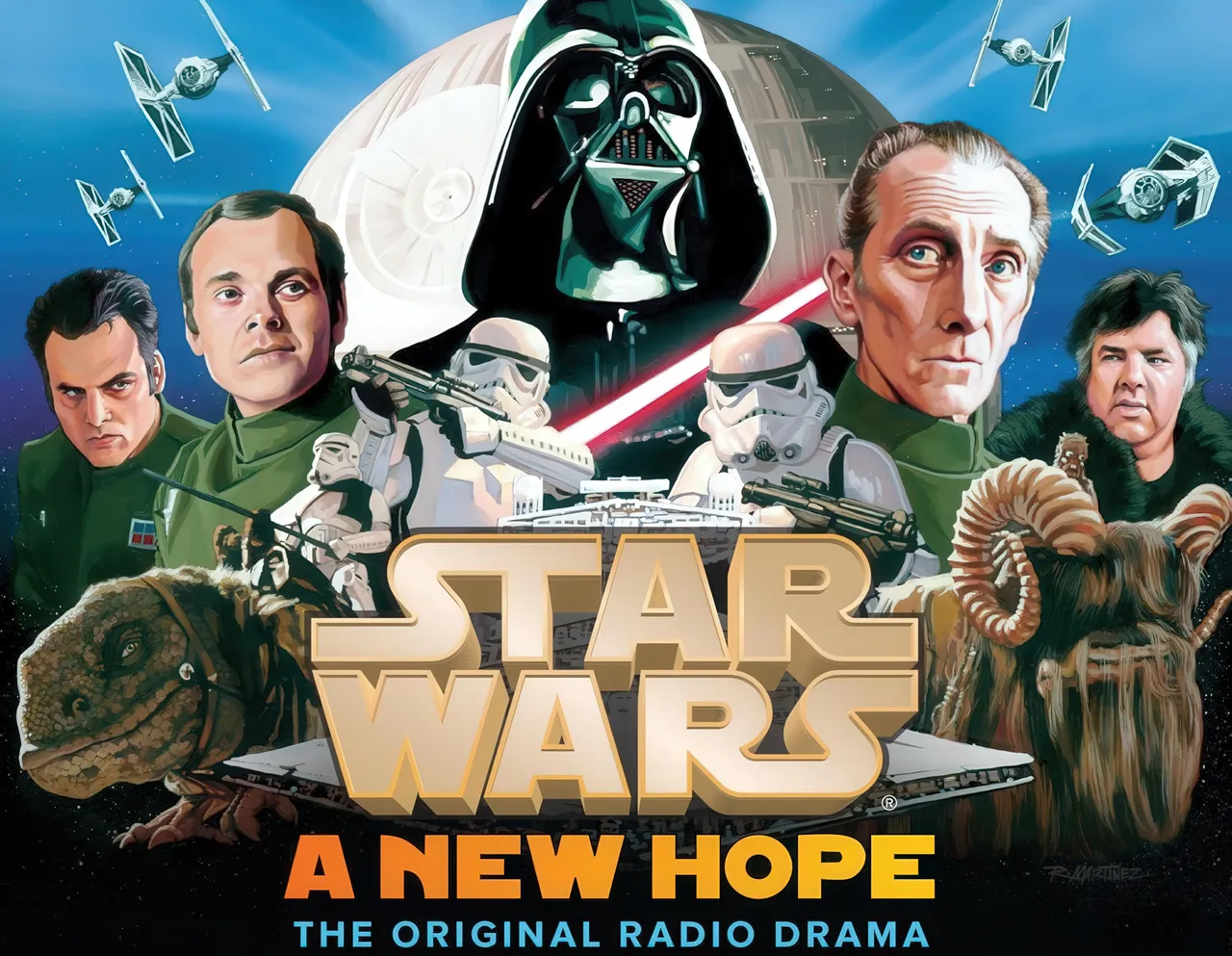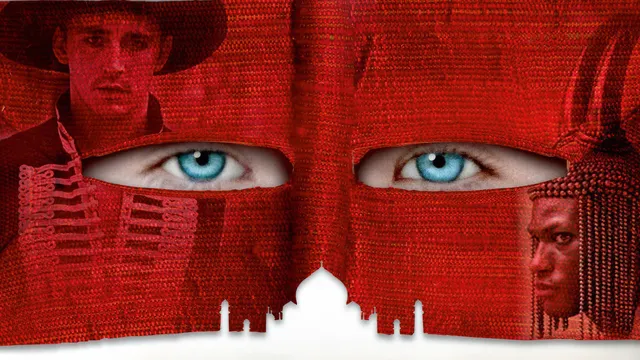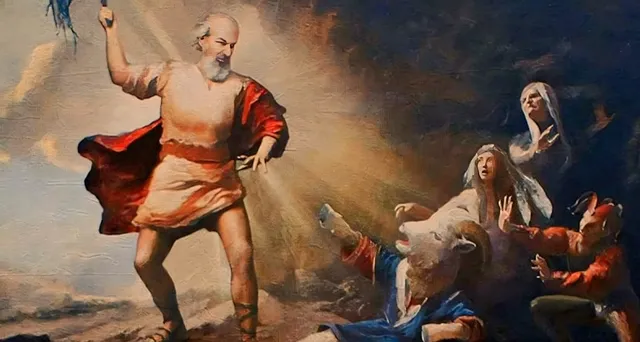Revisiting the Galaxy Far, Far Away
Revisiting Star Wars: this Nautis essay examines the saga’s cultural legacy—from its mythic roots and storytelling innovations to its impact on modern fandom and cinematic world building.

"A long time ago in a galaxy far, far away..." These iconic words are more than just an opening line—they're an invitation to a universe of boundless imagination. With a twist on the familiar "once upon a time," this phrase instantly transports audiences to a world where the past and future collide. It’s not just a story from long ago; it’s a story from another galaxy entirely, where advanced technology and ancient struggles coexist. Even decades later, this opening remains one of the most mind-expanding introductions to any narrative, setting the tone for the epic saga that follows.
Recently, I had the pleasure of revisiting this galaxy through Star Wars: A New Hope Radio Drama, a thirteen-part adaptation of the original 1977 film. Produced by National Public Radio (NPR) in 1981 as part of its NPR Playhouse series, this radio drama offers an expanded and enriched take on George Lucas's groundbreaking story. Clocking in at approximately 6½ hours, it adds over 4½ hours of new material to the film's runtime, diving deeper into characters, backstories, and moments that fans have cherished for decades.

One of the standout features of the radio drama is its cast. Mark Hamill (Luke Skywalker) and Anthony Daniels (C-3PO) reprise their roles from the original film, lending authenticity to the production. Their performances anchor the adaptation, ensuring it remains true to the spirit of Star Wars. The rest of the cast also delivers stellar performances, breathing life into characters both familiar and new.
What truly sets this adaptation apart is its expanded storytelling. For instance, while the movie races through certain events for pacing reasons, the radio drama takes its time. It spends 1 hour and 12 minutes building up to Luke's arrival at Mos Eisley Cantina—a scene that occurs at the 50 minute mark. This slower pace allows for richer world-building and character development.
The additional dialogue provides fascinating context for moments that might have left audiences with questions in the original movie. Why does Luke continue wearing his stormtrooper utility belt after removing his disguise aboard the Death Star? The radio drama explains this detail in a way that feels natural and satisfying. Similarly, it delves into Darth Vader’s interrogation of Princess Leia, giving us a chilling glimpse into their dynamic and Vader’s methods. These expansions don’t just fill gaps; they enhance our understanding of these iconic characters and their motivations.
The Genius of Star Wars' World-Building
Listening to this adaptation also underscores just how meticulously crafted Star Wars was from its inception. Even as early as 1977, George Lucas had clearly envisioned a vast and interconnected universe. The radio drama reveals layers of continuity that align seamlessly with later films in the saga. It’s remarkable how much groundwork was laid in this first installment—details that would become crucial in subsequent entries like The Empire Strikes Back and Return of the Jedi.
For example, Luke Skywalker’s longing for adventure is explored more deeply here than in the film. We hear more about his frustrations with life on Tatooine and his aspirations to join his friends at the Academy. These added scenes make his eventual leap into heroism feel even more earned and relatable. Similarly, Leia’s resilience during her capture is given more nuance, showcasing her strength as both a leader and a symbol of hope for the Rebellion.
What makes this radio drama particularly compelling is its use of sound to tell the story. Without visuals, it relies entirely on dialogue, music, and sound effects to create its world—and it succeeds brilliantly. John Williams’ iconic score is woven throughout, heightening tension and emotion at key moments. Meanwhile, Ben Burtt’s sound design brings everything from lightsaber duels to starship battles vividly to life.
In some ways, experiencing Star Wars as an audio drama feels even more immersive than watching it on screen. Without visuals to rely on, listeners are encouraged to engage their imaginations fully. The result is a deeply personal connection to the story—each listener envisions their own version of Tatooine’s twin sunsets or the chaos of Mos Eisley Cantina.
Final Thoughts
Star Wars: A New Hope Radio Drama is more than just an adaptation—it’s an expansion of a beloved classic that deepens our appreciation for George Lucas’s vision. By taking its time with characters and events, it enriches our understanding of this galaxy far, far away while staying true to its spirit.
For fans who want to experience Star Wars in a new way—or for those who simply want more time with these characters—the radio drama is an absolute must-listen. It reminds us why this saga has endured for nearly half a century: its stories are timeless, its characters unforgettable, and its universe endlessly fascinating.
If you’ve never ventured into this audio adventure before, now might be the perfect time to tune in and rediscover why Star Wars continues to captivate hearts across generations.



